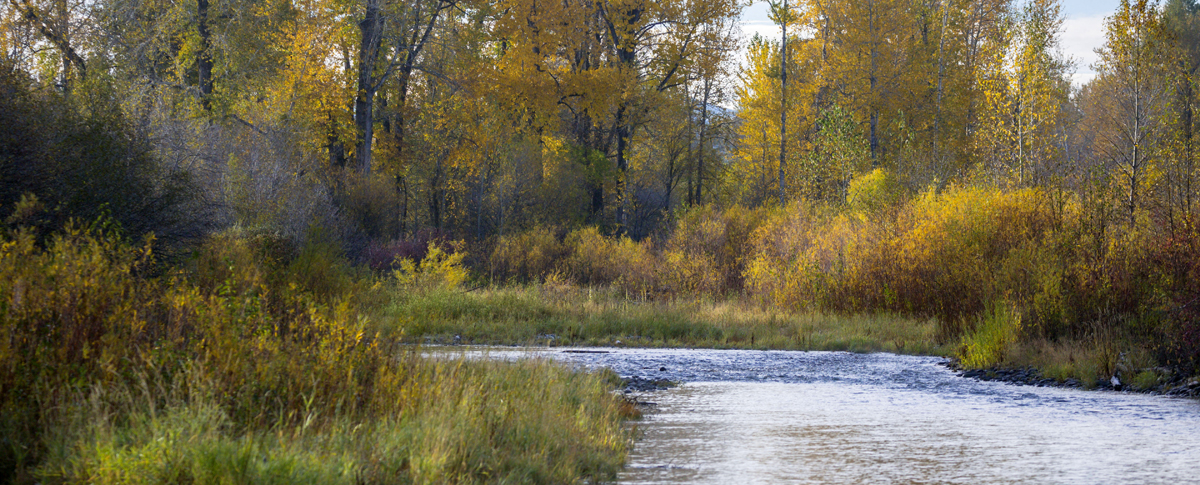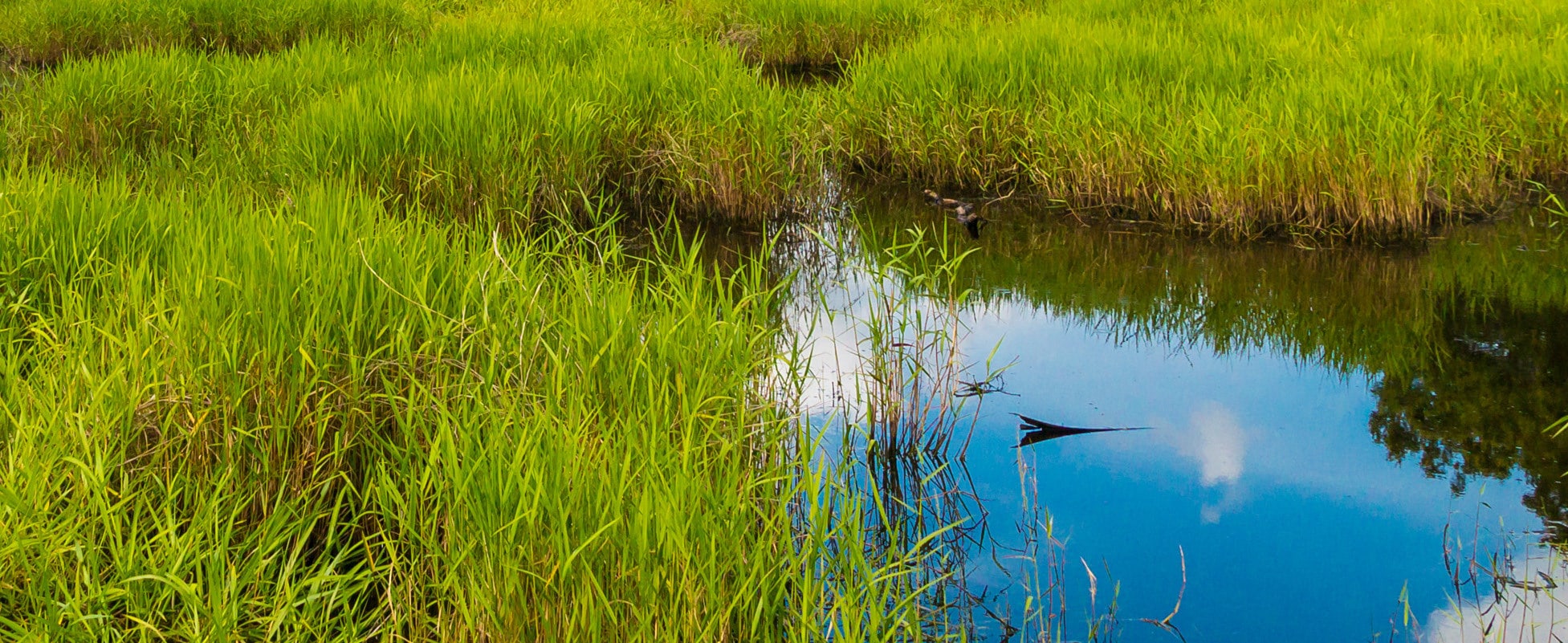Private Acreage Wetlands: New Revenue Opportunities For Landowners
By Clarke Watson
The presence of water is a crucial factor in determining the true worth of a potential property purchase, and wetlands are amongst the most valued water attributes. With a unique ability to directly augment surrounding ecosystems, wetlands are an integral feature of a healthy environment. Historically, the advantages of wetlands were underappreciated, resulting in a diminishment of wetland populations as a whole. In more recent years, society’s understanding of wetlands has changed for the better as their exponential value has become clear. Wetlands help regulate climate, improve water quality, support agriculture, provide habitats, restore aquifers and promote carbon sequestration.

WETLANDS AS AN ASSET
The “no net loss” wetlands mandate in the U.S. is anchored around the concept of countering wetland loss with mitigation, reclamation and restoration efforts. This means that the total acreage of wetlands across the nation will remain constant or, ideally, increase. While landowners throughout the country reap the recreational benefits associated with wetlands, few realize that land stewardship strategies tailored to conservation of wetland banks can result in cash flow separate from traditional crops and livestock. Developers impacting wetland habitats are required to offset their environmental footprint via mitigation. Onsite mitigation is not always cost-effective, encouraging developers to purchase credits from offsite mitigation banks.
Mitigation provides landowners the opportunity to become contributors to an environment on the mend by protecting and converting their wetland acreage into mitigation banks from which they can sell credits to developers. This creates non-farming/ ranching income from the land that has little correlation to financial assets.
“Eco-assets, such as compensatory mitigation credits, carbon credits, wetland credits, and more, represent new revenue opportunities,” explains William G. Coleman, owner of Eco-Asset Solutions & Innovations (EASI), a consulting enterprise based in San Francisco. With more than 40 years of experience in environmental and sustainability management, with an emphasis in mitigation credit development, Coleman understands that many ranchers are finding it difficult to make a living in the current market. The restorative processes of wetlands produce consistently, regardless of what’s on the news or the current state of financial markets.
ENHANCE NATURE, BUILD A LEGACY
While it’s clear that enhancing wetlands is additive to the recreational enjoyment and value of real estate, many landowners don’t know that conservation easements are an integral part of the process. “Conservation easements used to be looked at with suspicion,” says Coleman. “Nowadays, they are the key to these new revenue opportunities—without jeopardizing title to the land. The family farm or ranch can stay in family ownership.”
From the landowner’s perspective, mitigation banks boost returns, unlocking a previously untapped component of value and revenue stream. The landowner who weighs the benefits and offsets of current cattle numbers and irrigated acres/water use may realize enhanced returns in cutting back on livestock and cultivated land in trade for creating or adding scale to a conservation bank. Then, the income that was previously based solely on cattle and hay is augmented by revenues from credit sales and ongoing wetland management, creating diversity from uncorrelated income sources.
WHO BUYS WETLAND CREDITS?
To determine the real value of credits and the key movers and shakers within the eco-services industry, Coleman and his team at EASI rely on the aggregation of 550+ data points from around the U.S. detailing credit sale transactions. “Developers themselves are the main buyers,” says Coleman. “Wherever roads are built and maintained, watersheds are compromised, so transportation agencies are always a consistent buyer.” Other than that, he explains that mining, oil and gas, and electric companies all need to mitigate their activities. “We also see that a lot of commercial businesses are showing for wetland credits, especially where developments impact existing wetlands,” he says. “Finally, cities themselves are big buyers. It’s not unusual for cities to build water treatment systems or expand airport runways that lead to the same impact developers themselves are responsible for. All of these entities become a good market to sell to if you have credits in hand.”
SOAK IN THE BENEFITS
Landowners are increasingly realizing that wetland processes and the other “natural capital” on their properties provide an opportunity to become part of the restorative economy by adding directly to the ecosystem services supply chain. For many, the real icing on the cake regarding mitigation is not only the monetary reward; it’s also virtuous and provides an innate feeling of satisfaction. It’s a chance to offset financial risk and enhance and preserve the beauty of nature, all the while securing the legacy of your land in perpetuity.

Discover the Charm and Opportunities of North Dakota
Are you considering a move but unsure where to settle? North Dakota, often overlooked by travelers and potential residents alike, offers a wealth of opportunities and a lifestyle to suit a variety of preferences. Whether you’re drawn to outdoor adventures, a slower pace of life, or expanding career opportunities, this charming state has something to […]

Easement Dispute – Ask an Agent
Dear Land Expert, I am preparing to list my Western ranch soon; however, my neighbor is currently contesting an easement that crosses a corner of their property, an access route I’ve used consistently and that has been essential for reaching certain parts of my land. While I’ve always understood this to be a valid easement, […]



